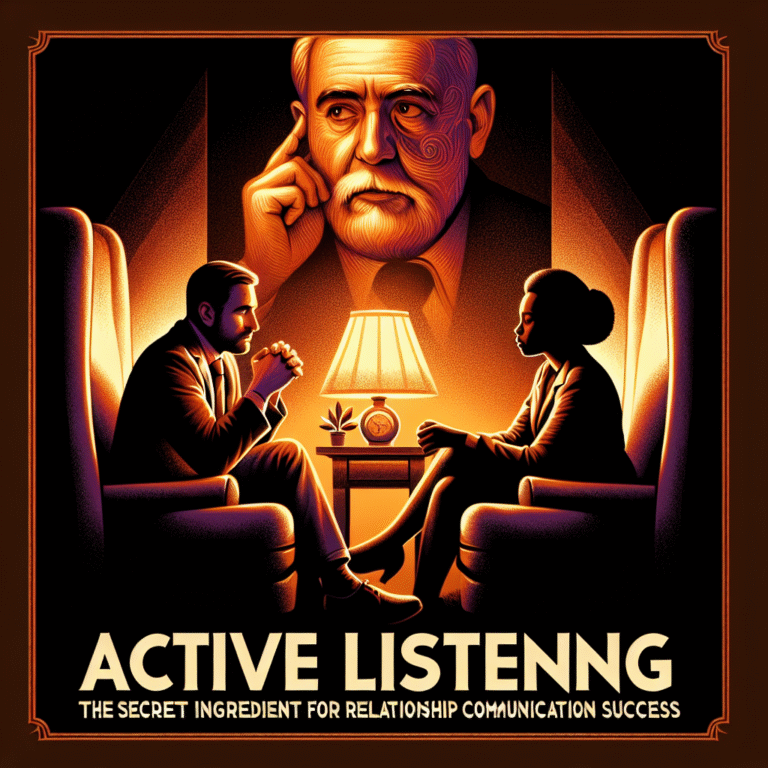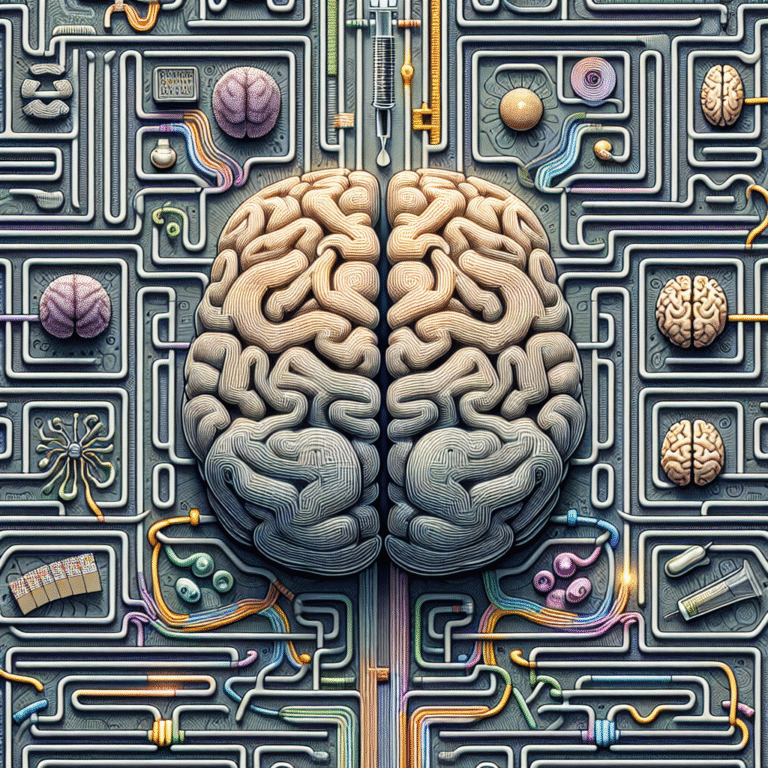
Cognitive Vs. Behavioral Theories: Understanding Differences in Learning Approaches – Your Ultimate Guide
Introduction
Learning is an integral part of human development, encompassing a variety of processes and techniques that allow us to acquire knowledge, skills, and attitudes. However, the methods by which we learn have been the focus of extensive debate for decades. Among the many theories in psychology, two stand out prominently: cognitive theories and behavioral theories. Understanding the intricacies of these two approaches can significantly impact educational practices, corporate training, and therapeutic models. In this article, we delve deep into the Cognitive Vs. Behavioral Theories: Understanding Differences in Learning Approaches, uncovering the uniqueness of each, and illustrating their applicability through real-world case studies.
The Foundations of Learning: Cognitive Theories
What are Cognitive Theories?
Cognitive theories emphasize the mental processes involved in learning. Unlike behavioral theories, which focus solely on observable behaviors, cognitive theories explore the internal processes of the mind—how we think, remember, learn, and solve problems. Pioneers like Jean Piaget and Jerome Bruner have significantly influenced cognitive psychology, advocating that learning is an active process of constructing knowledge.
Information Processing Model:
The brain is likened to a computer, where information is processed, stored, and retrieved. This model suggests that learning occurs by encoding information from the environment into the brain and processing it over time.- Constructivism:
Constructivist theorists argue that learners build (or construct) their own understanding and knowledge of the world through experiencing things and reflecting on those experiences.
Case Study: The Success of Constructivist Learning in Classrooms
A practical illustration of cognitive theory in action can be seen in a middle school science class that adopted a constructivist approach. Teachers encouraged students to engage in hands-on experiments, promoting inquiry-based learning.
Analysis:
The outcome was a marked improvement in student engagement and understanding. Students weren’t just memorizing facts; they were actively involved in their learning process, developing critical thinking skills and deeper comprehension of scientific concepts. This case exemplifies the essence of cognitive theories: learning deeply involves our ability to interpret and make sense of information.
The Foundations of Learning: Behavioral Theories
What are Behavioral Theories?
In stark contrast to cognitive theories, behavioral theories focus on observable behaviors as the primary indicators of learning. This perspective posits that all behaviors are acquired through conditioning. Renowned figures such as B.F. Skinner and Ivan Pavlov have shaped this domain, emphasizing the role of reinforcement and punishment in learning.
Operant Conditioning:
Skinner’s concept where behavior is influenced by reinforcement (positive or negative). For example, rewarding students for completing assignments encourages the likelihood of that behavior being repeated.- Classical Conditioning:
Pavlov’s experiments demonstrated how learning can occur through association. A famous example involves dogs salivating at the sound of a bell previously paired with food.
Case Study: Behavior Modification in a Classroom Setting
Consider a classroom implementing a behavior modification plan. Teachers identified specific behaviors they wished to see, such as raising hands before speaking. They established a token economy, rewarding students with tokens each time they exhibited desired behavior.
Analysis:
Over time, students began raising their hands more frequently. This case highlights the practical application of behavioral theories—showing how consistent reinforcement can dictate behavioral outcomes.
Key Differences Between Cognitive and Behavioral Theories
| Aspect | Cognitive Theories | Behavioral Theories |
|---|---|---|
| Focus | Internal mental processes | Observable behaviors |
| Learning Process | Active construction of knowledge | Conditioning and reinforcement |
| Role of the Learner | Active participant | Passive recipient |
| Primary Theorists | Piaget, Bruner | Skinner, Pavlov |
| Teaching Methodology | Inquiry-based, experiential | Drill-and-practice, reinforcement |
Cognitive Vs. Behavioral Theories: Understanding Differences in Learning Approaches
The differences outlined above highlight how the Cognitive Vs. Behavioral Theories: Understanding Differences in Learning Approaches can help educators and trainers use the most effective strategies for their particular context.
Student Engagement: Cognitive strategies often lead to higher engagement as learners invest in their own learning processes.
Skill Acquisition: Behavioral techniques can effectively reinforce specific skills, ensuring mastery through repetitive practice.
- Goal Setting: Cognitive theories encourage learners to set personal goals and reflect on their learning, while behavioral theories rely more on external incentives.
Integrating Cognitive and Behavioral Approaches
It’s essential to recognize that cognitive and behavioral theories aren’t mutually exclusive. They can complement each other to enhance learning strategies.
Case Study: Blended Learning Environments
In a blended learning environment, educators may combine lectures (behavioral approach) with group discussions and projects (cognitive approach).
Analysis:
Students benefit from a structured, reinforcement-rich environment while also engaging deeply with content. This hybrid model reflects an understanding of the Cognitive Vs. Behavioral Theories: Understanding Differences in Learning Approaches.
Conclusion
Understanding the complexities of cognitive and behavioral theories empowers us to refine our methods of teaching and learning. While cognitive theories focus on the thought processes behind learning, behavioral theories provide valuable insights into how behaviors can be shaped and reinforced. By integrating approaches from both camps, we create more dynamic educational experiences that cater to diverse learning needs.
Takeaway: Strive to incorporate elements from both cognitive and behavioral theories in your educational practices. This will not only enrich the learning experience but also equip learners with the skills they need to navigate a complex world.
FAQs
What is the primary difference between cognitive and behavioral theories?
Cognitive theories focus on internal mental processes, while behavioral theories concentrate solely on observable behaviors and the environmental factors that influence them.Can both theories be used simultaneously?
Yes! Many educators incorporate both cognitive and behavioral strategies to enhance learning outcomes.Which approach is better for classroom learning?
It depends on the learning context. Combining both approaches often yields the best results.How can I implement cognitive strategies in my teaching?
Encourage critical thinking, facilitate group discussions, and include problem-solving activities to engage students cognitively.- What methods can be used for behavioral reinforcement?
Techniques like token economies, praise, and consistent feedback can effectively reinforce desired behaviors in educational settings.
By understanding the distinctions and applications of Cognitive Vs. Behavioral Theories: Understanding Differences in Learning Approaches, we can create more effective learning environments suited to various contexts and learners.














